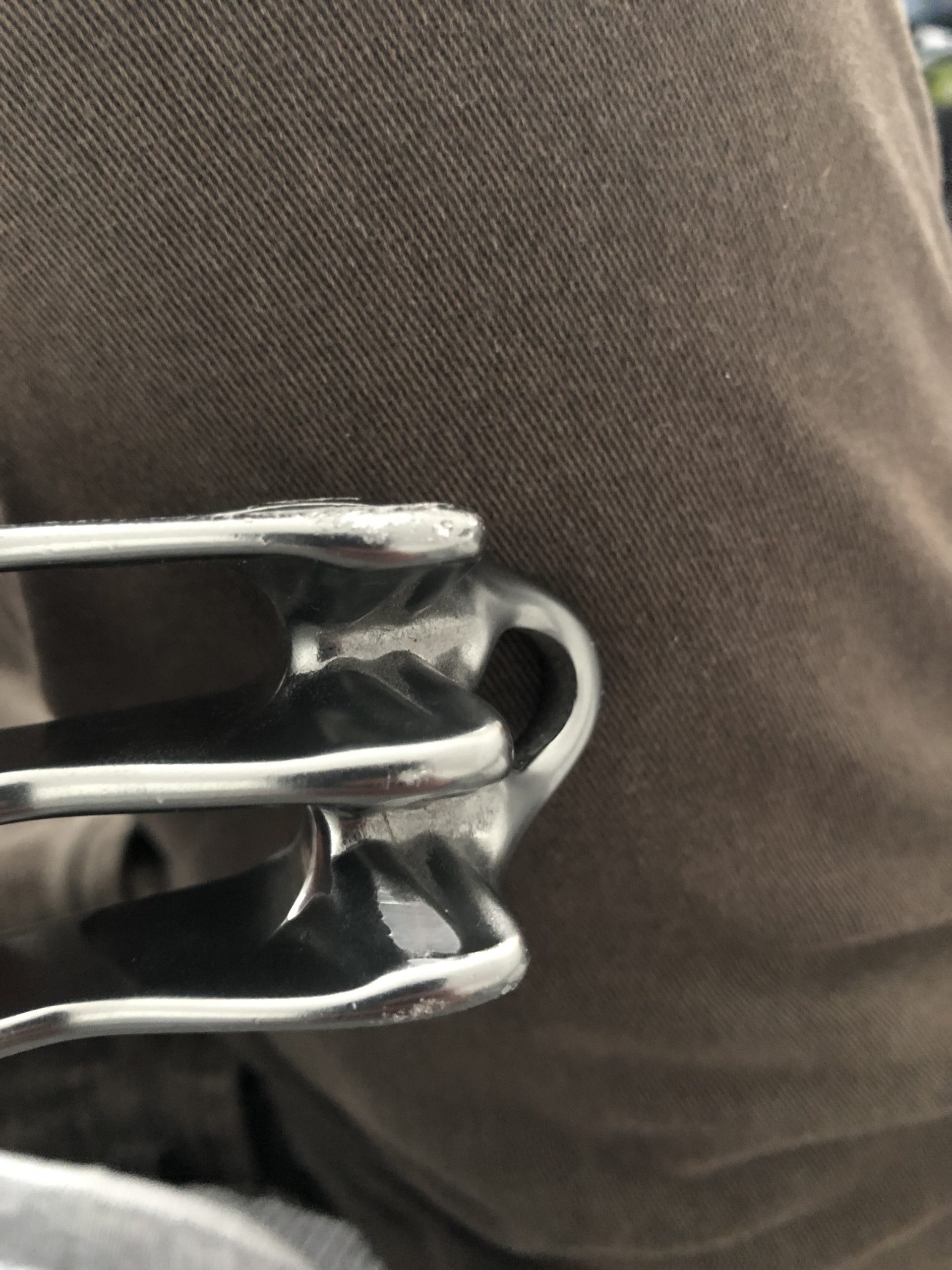Category: Climbing
-
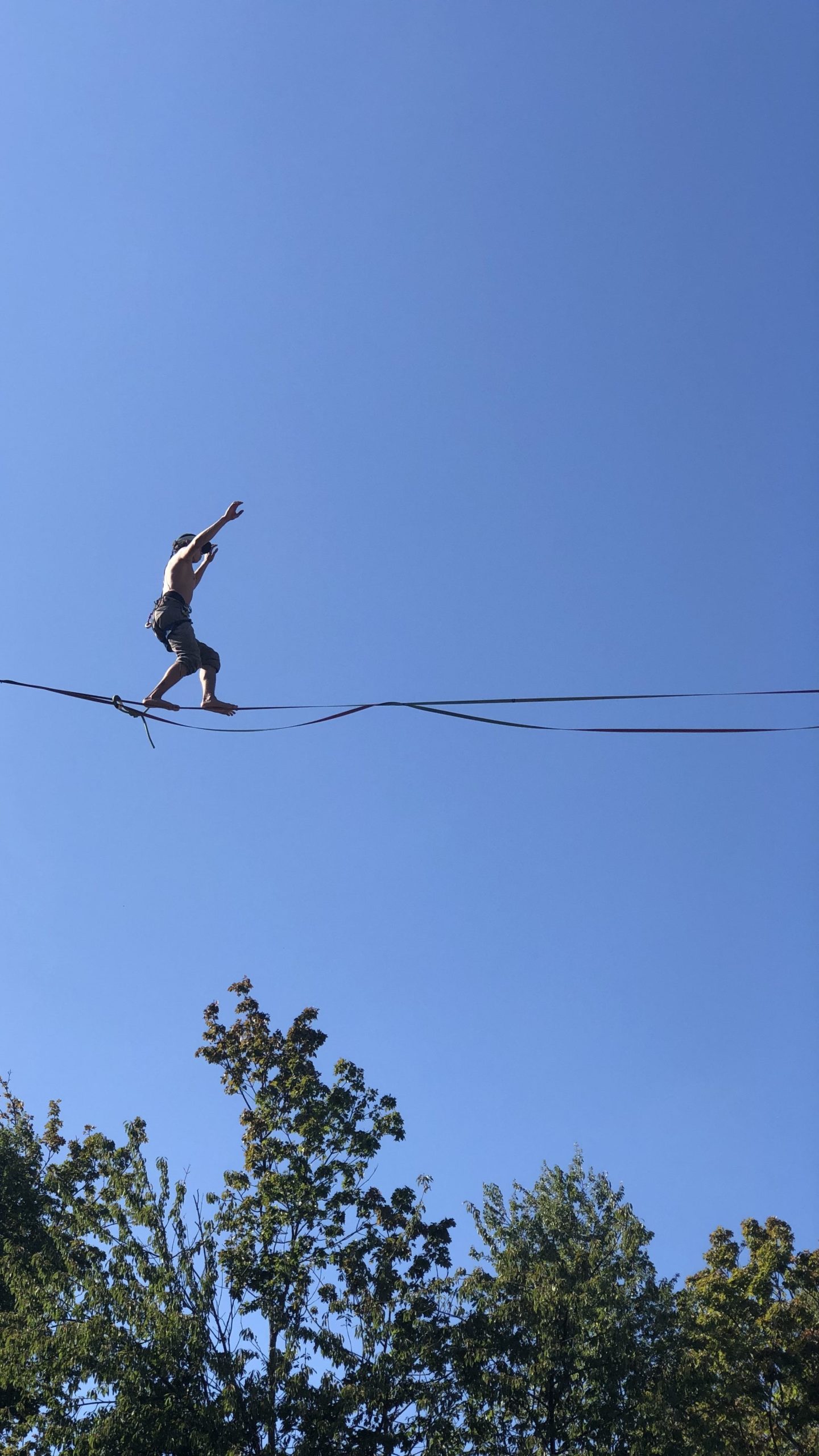
Bouldering in Geneva – Park Chuit
Reading Time: < 1 minuteBouldering in Geneva now has a new bouldering wall in a park. There are two structures with bouldering problems to experiment with. Some of these are easy and go straight up while others are overhanging and require more experience. Rather than place crash mats on the floor that would be exposed…
-
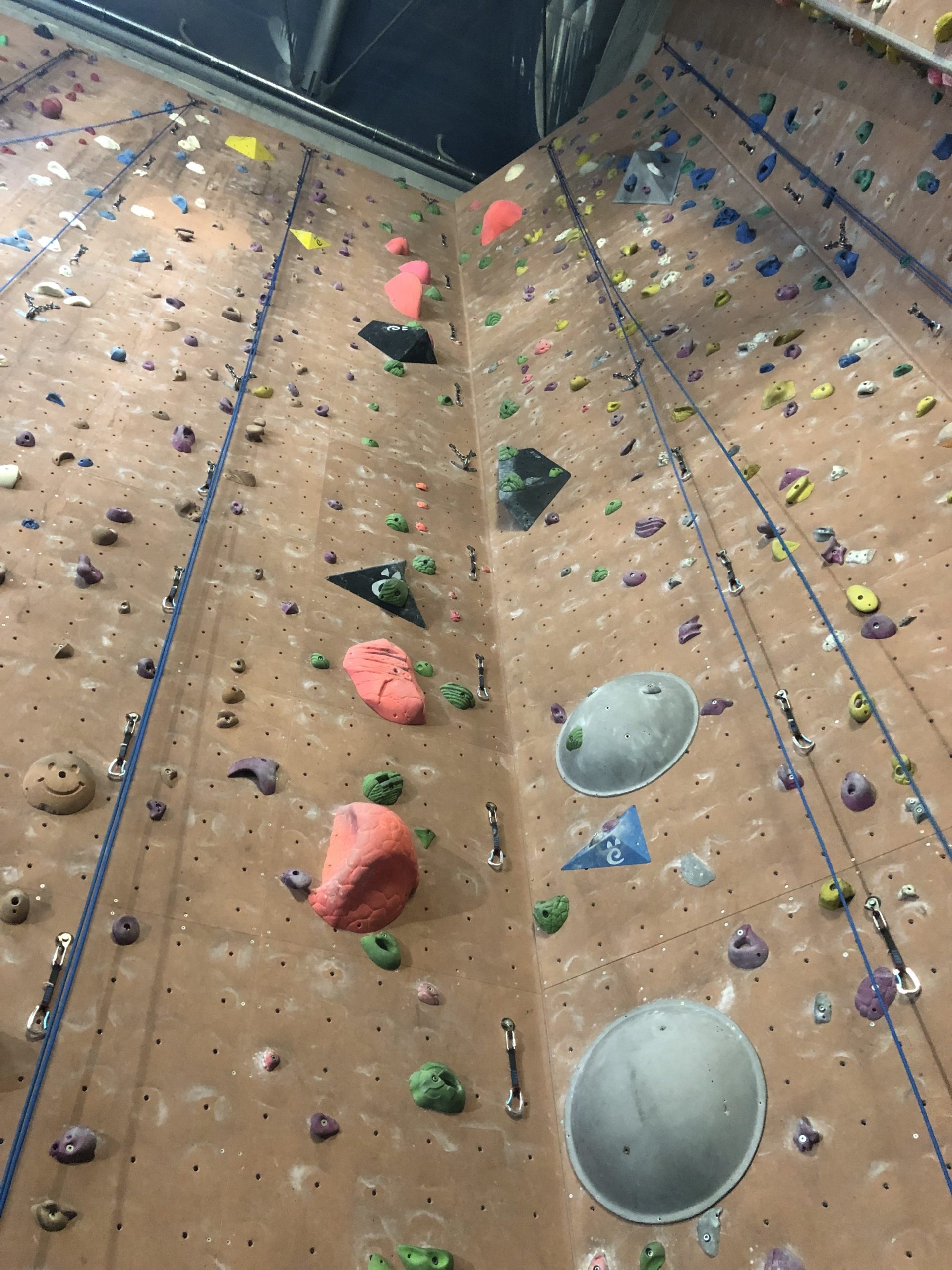
A gentle increase in climbing ability
Reading Time: 2 minutesI went to Vitam to climb on Thursday and I went to Rocspot to climb on Thursday. I climbed twice this week because the Wednesday session went so well. The reason for which it went so well is that I am climbing regularly again. I climb at least once to twice per…
-
A Training Band and a Rubber Egg
Reading Time: 2 minutesRecently I bought a Training band and a rubber egg (otherwise known as a Pilates Stretching Hand Rehabilitation Ball) instead of a Fingerboard. I want to strengthen my fingers to progress as a climber. I often know what to do but finger strength is the limiting factor. Ever since I saw fingerboards…
-
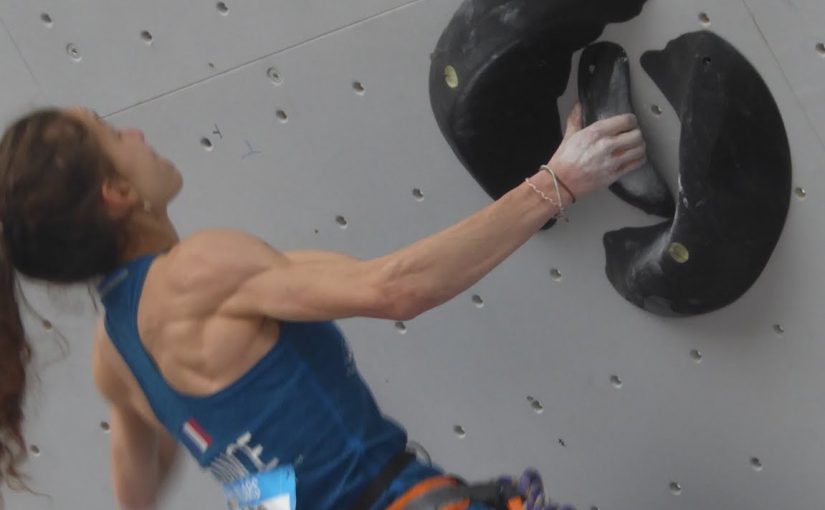
Finger Strength and Climbing.
Reading Time: 3 minutesThe more often you boulder and climb, the stronger the muscles that pull the tendons to your fingers become, and the stronger those muscles become, the higher the grade of your climbs. Hand holds are not the rungs of a ladder or via ferrata. Sometimes you can use your entire hand but…
-
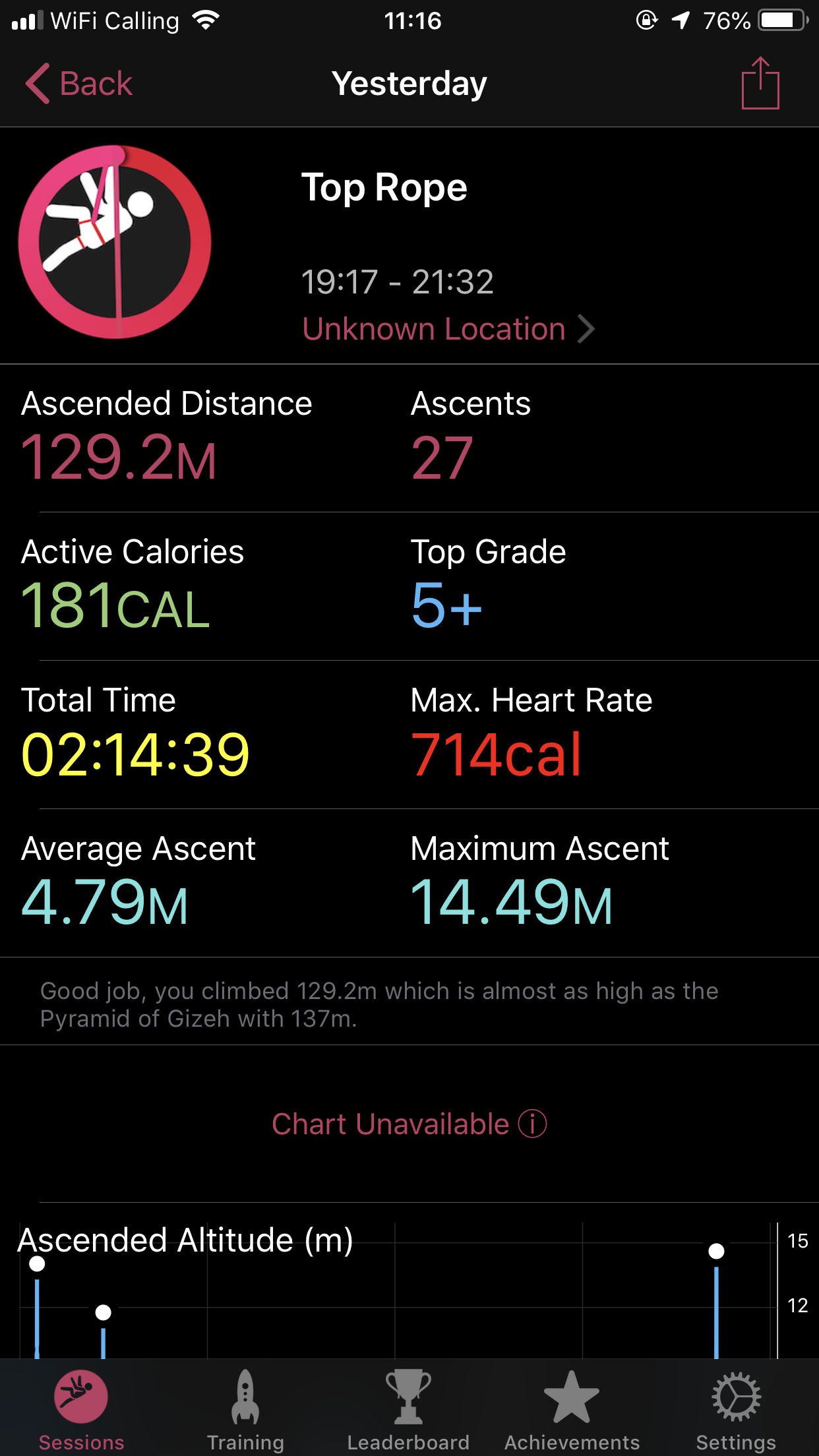
Iredpoint by Frogg GMBH
Reading Time: 2 minutesThe Apple watch and other devices have integrated barometers that allow them to track changes in altitude. Iredpoint by Frogg GMBH is one app that takes advantage of this. It allows you to tell the app what type of climbing you are doing as well as the difficulty. Types of Climbing This…
-
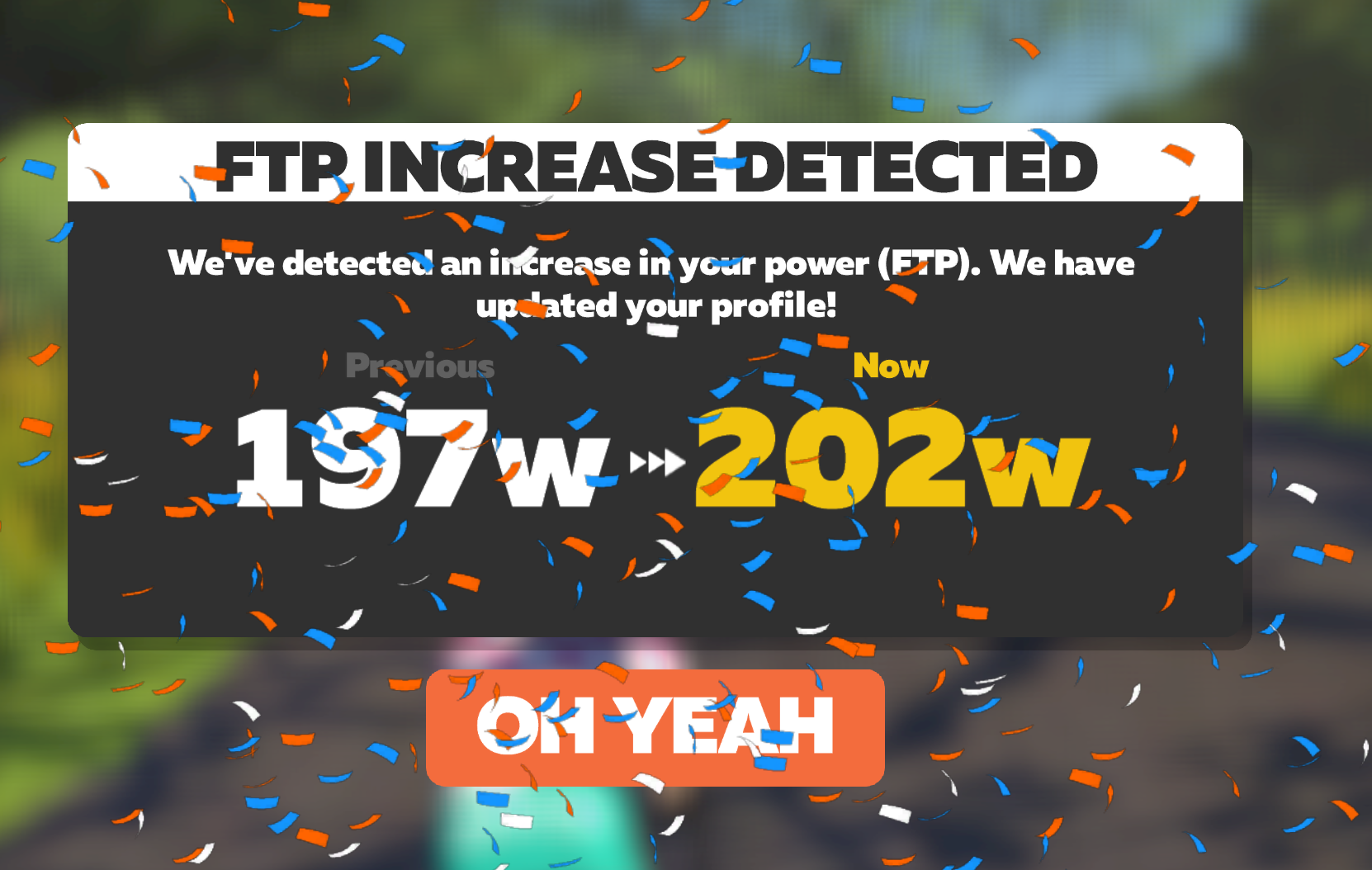
A two Jersey cycling event and then too tired to climb.
Reading Time: 2 minutesYesterday I had a morning ride because I wanted to participate in the Tour de Zwift event. Yesterday the track was London and I was riding slowly for the first half, conserving energy. Eventually, when I got warmed up I started to ride harder and harder until I was overtaking quite a…
-
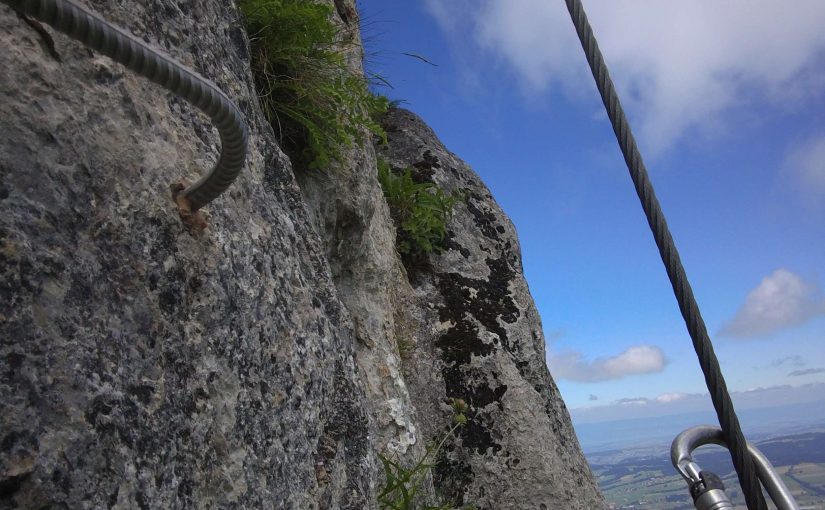
The Klettersteig Rider 3.0
Reading Time: < 1 minuteThe Klettersteig Rider 3.0 is a dual system via ferrata kit. It has a carabiner like standard via ferrata kits have and a “rider” system. The “rider” system fixes to the via ferrata cable and progresses with you. As you get to a part where you need to switch you move…
-
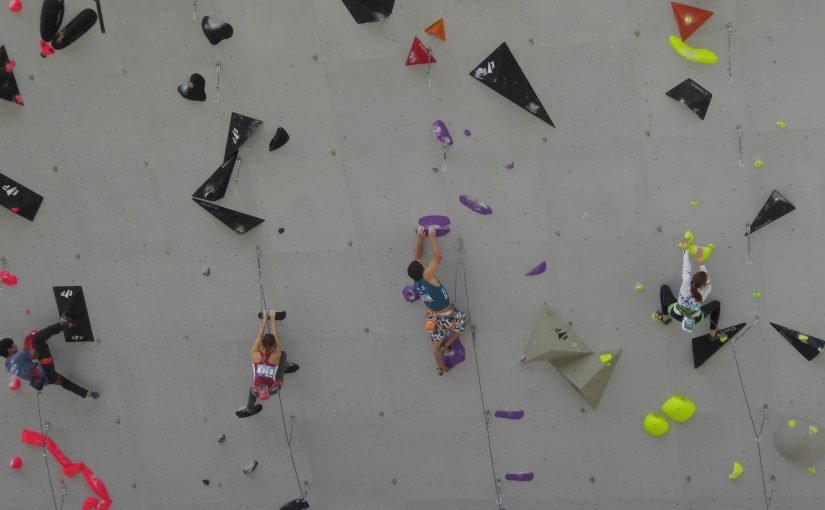
Documenting climbing feats
Reading Time: 2 minutesDocumenting climbing feats is an interesting challenge because you deal with issues of accessibility, projects that can last for months or even years and in some cases you’re dealing with the prospect of the climber understanding the problem, and then achieving his goal. For two or three years I really explored ideas…
-
The Dawn Wall film
Reading Time: 3 minutesOne of the reasons for which this film is so powerful is that it’s written in the way that Heinrich Harrer wrote about the Eiger. It’s documenting not just a single attempt but the entire process. In doing so we get to know the people well. It gives us some context about…
